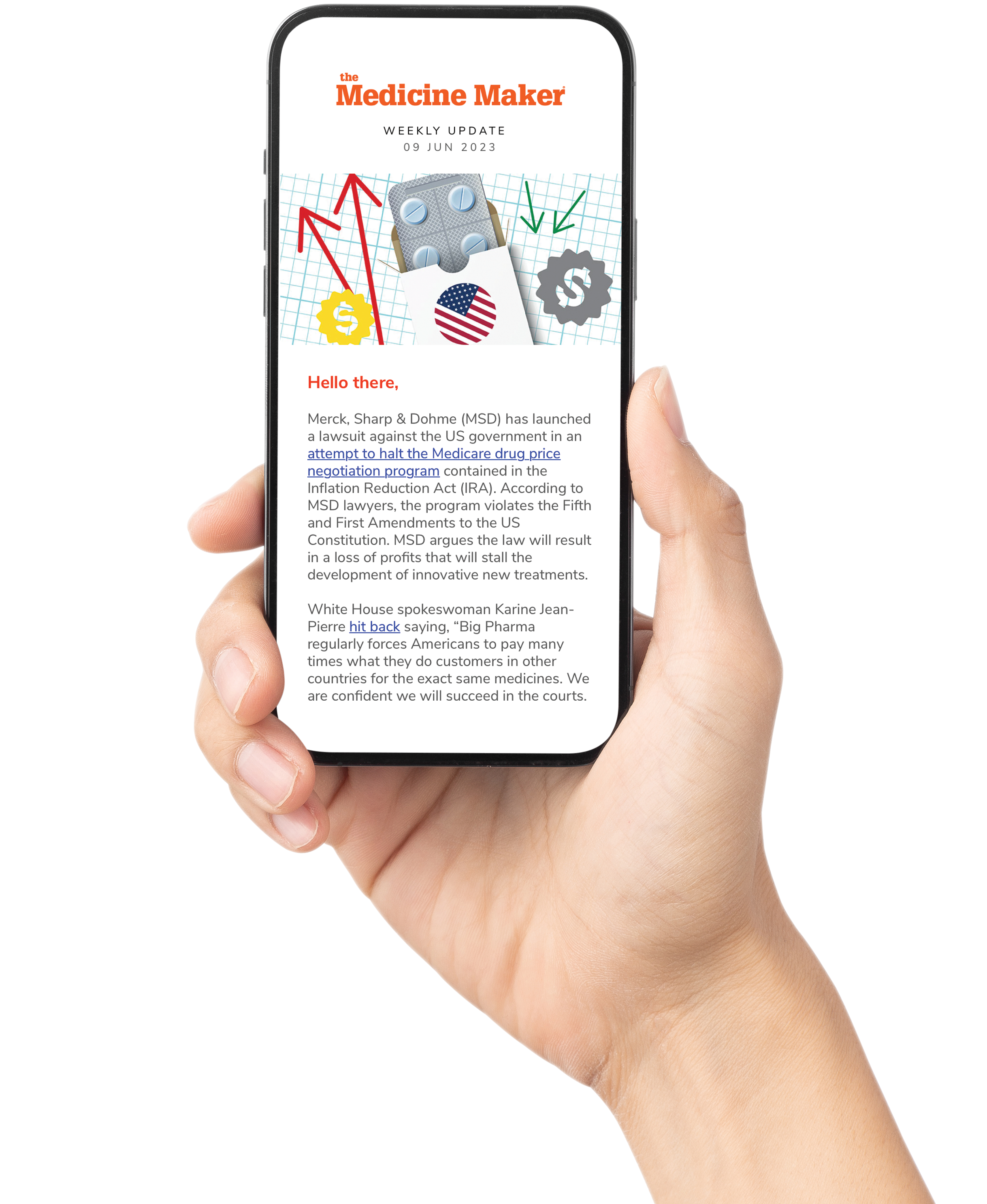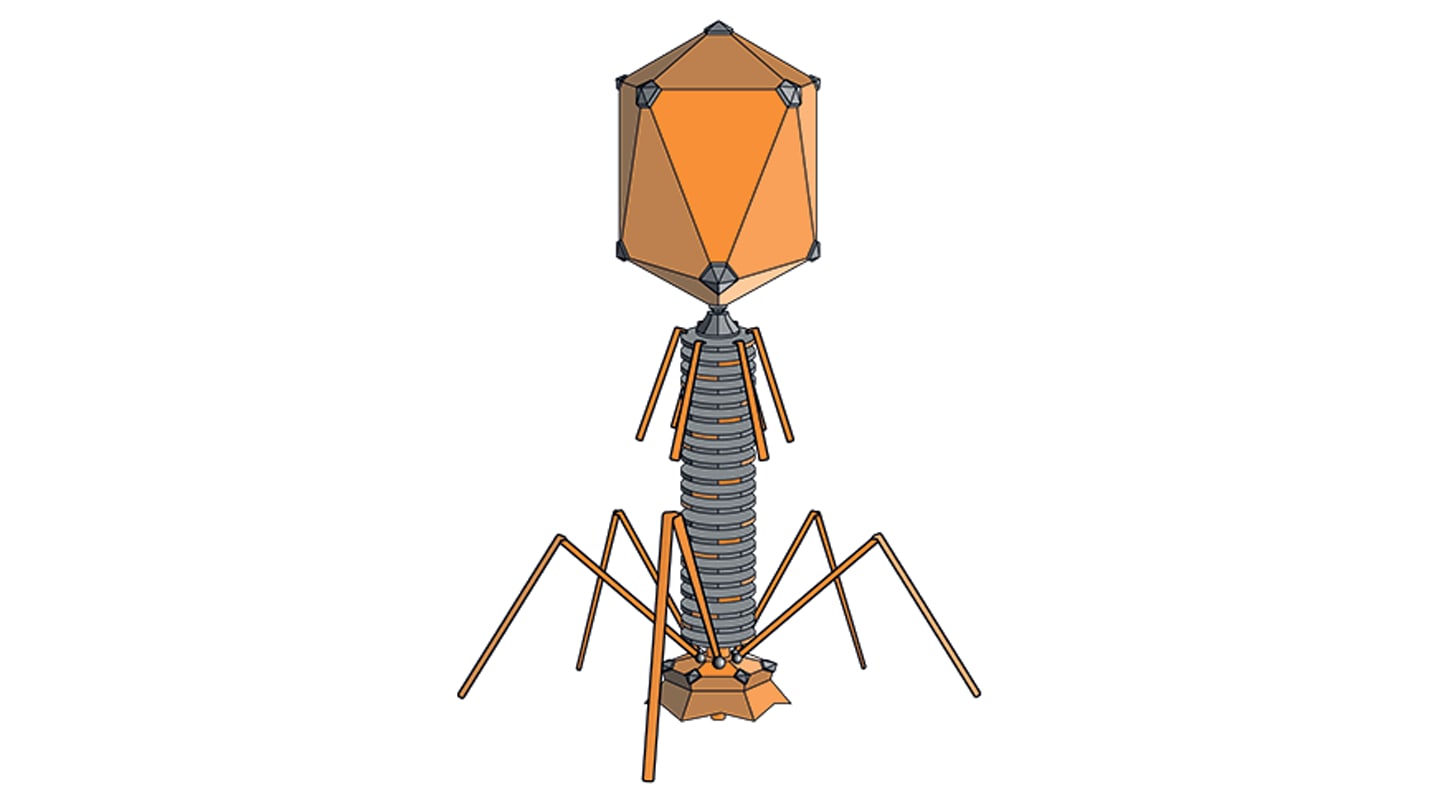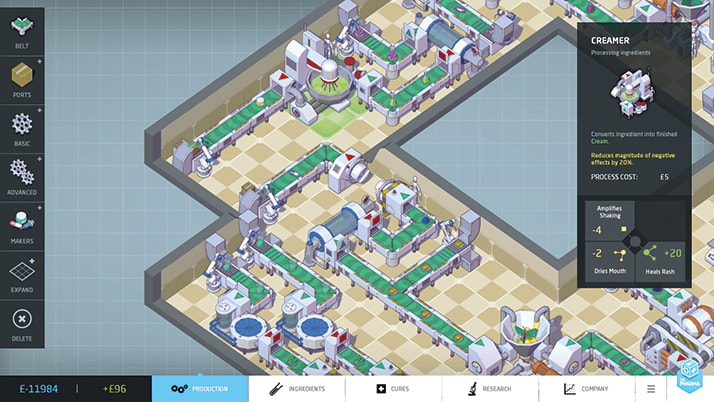
The journey from discovery to product approval typically takes about 12 years and costs nearly $2.4 billion. At the same time, R&D spending is at an all-time high, but clinical success rates remain low. In the US, federal support for critical areas of biomedical research is also declining. This imbalance between private investment and public funding, combined with growing demand from consumers for faster access to new therapeutics, has brought the pharmaceutical industry to a critical turning point, with most of that pressure falling on the early-stage drug-discovery pipeline.
Recently, the FDA and the National Institutes of Health (NIH) announced an initiative to reinforce and accelerate an industry-wide movement to reduce animal testing in preclinical safety studies. By promoting the use of scientifically validated new approach methodologies (NAMs), these agencies seek to drive faster adoption and broader implementation of alternative testing strategies across the ecosystem. This effort reflects a long-standing priority driven by the urgent need to deliver lifesaving therapies to patients as quickly as possible.

The current landscape
In preclinical studies, it’s common to discover a promising compound. Phase I trials typically enroll 20-100 participants and screen primarily for safety rather than efficacy. However, as the trial progresses, researchers may encounter problems with efficacy, dosing, or side effects. This is where a lot of drugs fail. In fact, the failure rate is about 90 percent. A major contributing factor to this is the lack of adequate representation in clinical trials, including participants who are 65 years of age or older, as well as those from minority populations.
Even with advanced models such as humanized mice, or transgenic systems, success rates remain stubbornly low, highlighting that some diseases, especially neurological ones, resist faithful replication in animals. Eroom’s Law, which suggests the inflation-adjusted cost of developing a new drug roughly doubles every nine years, highlights the paradoxical trend in which drug development and pharmaceutical trials are becoming more costly and time-consuming – even as AI technology advances. This persistent challenge is a prominent reason why there is a growing interest in examining the evolution of drug discovery and exploring alternative strategies to bring new therapies to market.
The diseases that medicine is tackling now are more complex than ever before. Many still lack effective therapies because their underlying complexities outstrip the predictive power of traditional animal models, which cannot faithfully reproduce key facets of human physiology. This limitation is especially pronounced in neurological conditions, where the complexity of the brain makes accurate modeling and treatment development especially difficult. For example, Alzheimer’s disease drug candidates perform well in transgenic mice, but tend to fail in phase III studies, underscoring the gap between rodent neurobiology and human pathology.
AI convergence: excitement and reality
As the industry rethinks how early-stage research is conducted, scientists are increasingly turning to cellular models derived from human stem cells, such as organoids and organ-on-a-chip systems, that more accurately mimic human physiology. These models are essential tools in the FDA’s newly announced initiative to accelerate the validation and adoption of human-relevant NAMs, with the goal of improving predictive accuracy while reducing animal use.
Advanced, multiplexed assays based on these models represent a powerful discovery platform. For example, electrophysiological assays (like multielectrode array recordings, or MEAs), especially when combined with imaging, transcriptomics, and organoid systems, are reshaping safety pharmacology and efficacy studies. Their integration with AI-driven analytics marks a new phase in drug discovery that is focused on improving speed, precision, and human relevance across the development pipeline.
When thinking about the advancements at our disposal, there’s no question that AI’s future is bright, but AI alone is not the answer. In vitro assays, combined with cutting-edge machine learning, are key components to moving the market forward. As an industry, we are at a unique transition point. It’s not just about urgency; it’s about speed and scale.
AI can analyze high-dimensional assay outputs like gene expression signatures and phenotypic imaging, but without reliable in vitro readouts, machine learning models lack quality data. Only by coupling robust human-based systems (e.g., organoids) with AI analytics can we accelerate both discovery and safety screening. Data quality and quantity is key. Modern techniques and the aforementioned multiplexing could help speed up the drug development process so patients can benefit more quickly without compromising on safety.
It’s important to be cautious about overpromising capabilities, but there is optimism about the way in which we bring new drugs to market. The evolution, however, won’t happen overnight. By 2030, combining NAMs with AI could shorten drug development by about five years, nearly a 50 percent reduction that would give patients faster access to new treatments. The moment has arrived to accelerate the creation of integrated NAM and AI pipelines.




